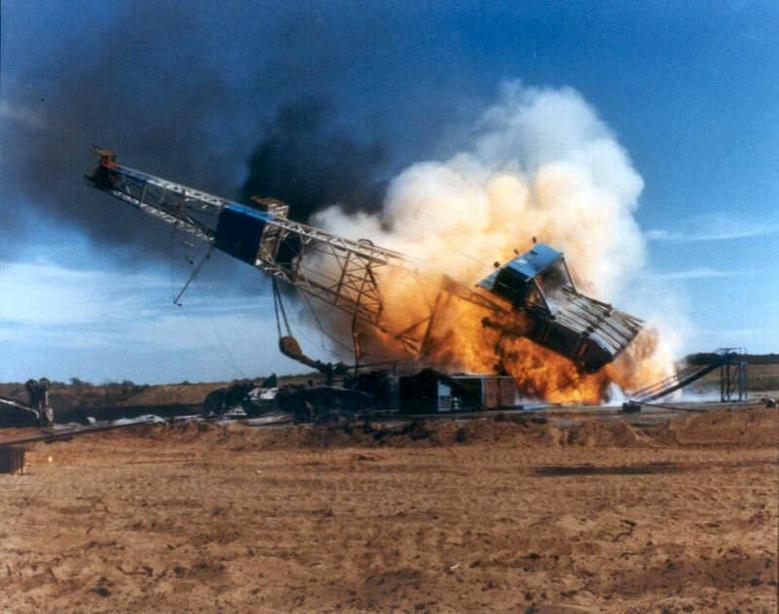
2015: GLOBAL INVESTMENTS WILL DOWN 15%

Schlumberger CEO Paal Kibsgaard said Monday he expects global exploration and production capital expenditures to drop between 10 to 15 percent in 2015.
"In 2015, E&P capex spend in the international market will be down in the range of 10 to 15%, which means that the established trend of weakening production capacity is likely to continue and potentially increase in magnitude," Kibsgaard said at the Scotia Howard Weil 2015 Energy Conference.
Kibsgaard said Houston-based Schlumberger expects to see a "widening gap" between WTI and Brent crude prices until production and stock numbers in North American have "normalized."
"The global oil market is clearly heading for a tightening which could lead to an increase in Brent prices in the second half of this year," he said.
Crude prices have fallen by about 50 percent since last October prompting drilling cutbacks that have sent U.S. rig counts to a two year low.
Last week U.S. rig counts fell for the fourteenth straight week to 1,125 rigs, down 38.7 percent from the same period last year.
Kibsgaar noted that while low crude prices are squeezing upstream profit margins he is equally concerned by the "significant" cash burden posed by new developments along with higher break even costs for unconventional projects.
"The combination of escalating costs, from both new and existing fields, relatively flat global oil production, and range-bound commodity prices, have...started to put significant pressure on E&P profitability and free cash flow," Kibsgaar said.
Curbed upstream activity has already led to thousands of layoffs in the services sector.
In January Schlumberger cut 9,000 jobs and took $1.77 billion in write downs as it braces for prolonged low oil prices and reduced upstream activity.
Kibsgaard also commented on OPEC's refusal to cut production targets despite record crude storage levels.
"As overall supply continues to tighten, we further assume that OPEC will continue to focus on market share and that they therefore will be prepared to move more of their spare capacity into the market to prevent a spike in oil prices," Kibsgaar said.
Saudi Arabia, OPEC's largest producer, cut its Arab Light to U.S. Gulf Coast benchmark by 45 cents per barrel just weeks before OPEC's November meeting in a bid to grab more market share.
On Sunday Saudi Arabia's oil minister said OPEC can not be solely responsible for cutting oil production to strength global crude prices.
Saudi Arabia has repeatably stood by the 30 million barrel per day production target set at OPEC's last meeting despite push back from non-OPEC producers and other OPEC members.
"It seems clear that OPEC is determined to test the resilience of high-cost producers around the world, and particularly in North America, by letting the market dynamics determine the oil price and effectively making the high cost producers the new swing producers," Kibsgaar said.
petroglobalnews.com

